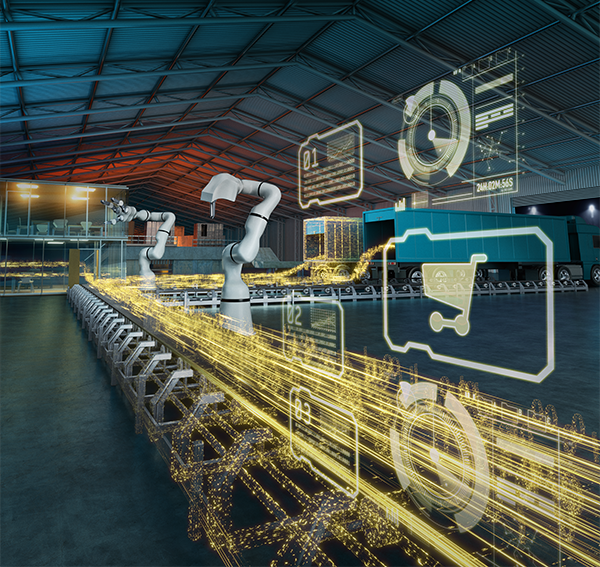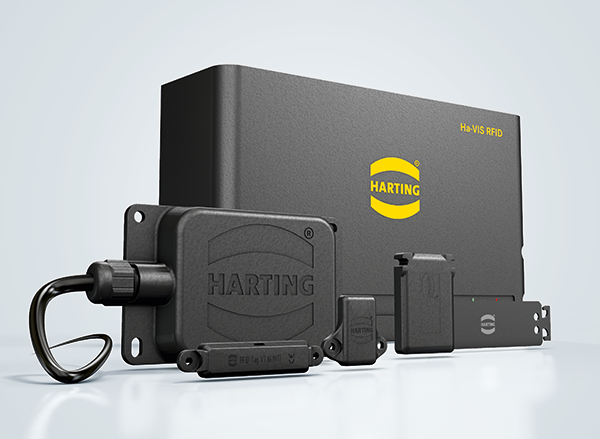What is a Smart Factory?
The buzz around ‘smart factories’ has been around for a while now, but how do you go about actually creating one? Here we explore what a Smart Factory is and how it can become a reality.
Basically, a Smart Factory is a facility where machinery and systems are linked together by modular devices. These devices then allow industrial equipment to learn and adapt their processes, thereby creating a Smart Factory.
This development is in part due to the rise of ‘Big Data’, which is complex information that traditional data-processing applications are unable to manage effectively. It’s the application of this data, which is generated through the device communication mentioned above, which enables benefits such as predictive maintenance, flexible production and energy measurement.
Smart factories use industrial internet and the cloud to connect the real and virtual worlds, resulting in seamless integration of cyber physical systems at all levels, allowing the whole production process to be monitored.
The key to a successful Smart Factory is the interaction at field level. With a unified language, there is communication between machines, enabling full integration across the whole factory. This communication functionality doesn’t need to be built into the machine. Instead, flexible modular devices can be added to capture, process and transfer data throughout all levels of the factory.
Device connectivity solutions, including RJ45 and M12 connectors, enable this communication to flow freely through machines and be recorded.
Another aspect of the move towards smart factories is the requirement for more computer power across more locations and in ever-smaller spaces. Components are now required to deliver maximum performance in a minimum of space, driving the demand for compact, lighter product solutions. What’s more, these modular components can be easily disconnected and reconnected, allowing future-proofing upgrades and extensions to be completed quickly and with minimum disruption to production schedules.
Another advantage of a Smart Factory is the minimised downtime. The application of data and smart connection solutions allows devices to diagnose problems and provide instant feedback. Consequently, this learning approach means machines can predict potential faults and provide the required feedback information for swift repairs, resulting in cost savings and reduced downtime.
How can you create a Smart Factory?
What’s currently missing from the traditional manufacturing process is the functionality to gather and analyse data and transfer it to an intelligent management system.
Modular construction of the plant enables flexible production, including communication across each machine or tool. Each module generates its own data which in turn needs to be stored and analysed. To create a Smart Factory, this data needs to be seamlessly communicated along the production process, from the shop floor to the management system. By using intelligent devices, it’s possible to monitor and control the whole process remotely as an intelligent Smart Factory.
One solution for this is the HARTING MICA (Modular Industry Computer Architecture), which is a compact and rugged industrial computer designed for use in production environments. MICA can be easily added onto machines and equipment, even within harsh industrial environments such as those with extreme temperature, dust and humidity. The intelligent hardware provides direct data processing at machine level and decentralised collection and analysis of data.
RFID can also be utilised for the identification of plant modules for real time production solutions, providing intelligent systems to the factory. HARTING’s RFR-300 reader provides a track and trace solution for the factory, including 8 configurable digital I/O and a rugged housing for industrial applications.
If you’d like more information about HARTING’s wide range of Smart Factory solutions, please click below to contact our specialist Product Manager.




